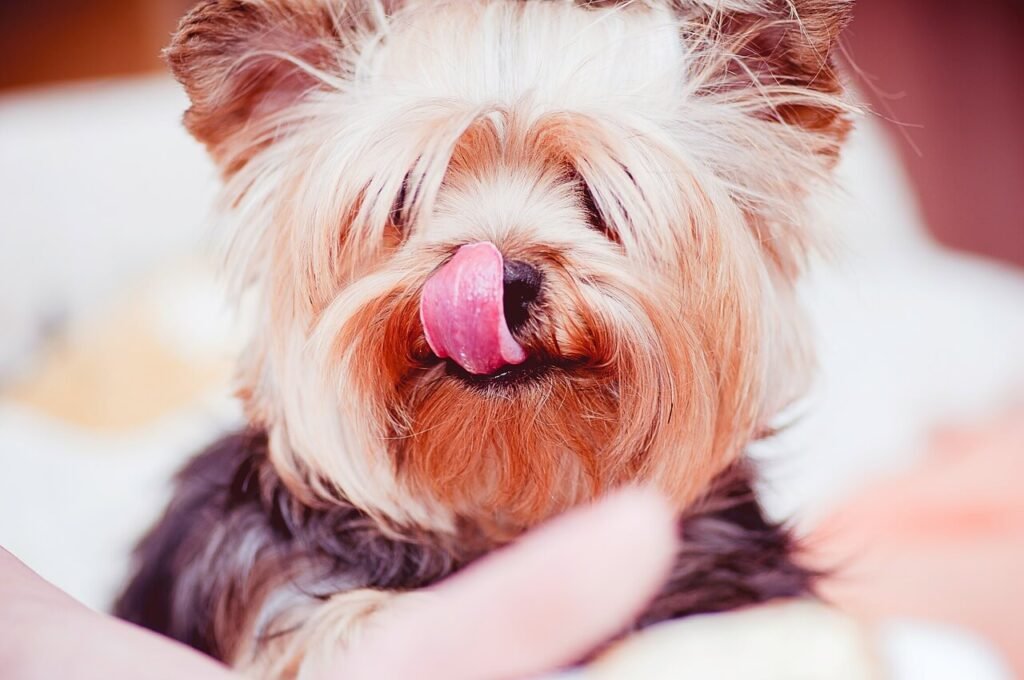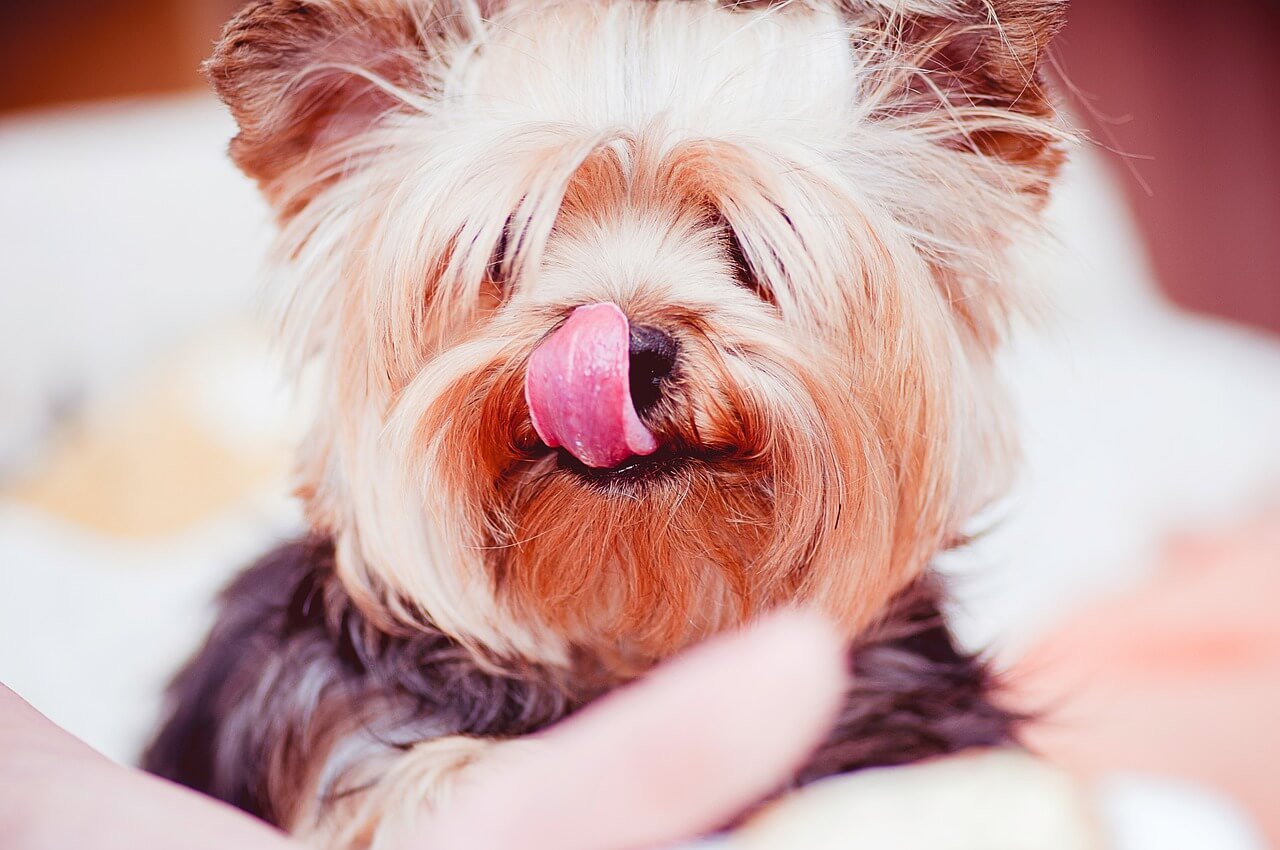Understanding Gingival Hyperplasia in Dogs: A Guide to Your Pet’s Oral Health
Gingival hyperplasia is a condition that affects many dogs, yet it often goes unnoticed until it becomes severe. This oral health issue involves the overgrowth of gum tissue, which can lead to discomfort, difficulty eating, and even more serious complications if left untreated. As a pet owner, understanding this condition is crucial to ensuring your dog maintains a healthy and happy life. In this blog post, we’ll explore what gingival hyperplasia is, its causes, symptoms, treatment options, and how you can support your furry friend through prevention and care.
What Is Gingival Hyperplasia? Key Facts Every Dog Owner Should Know
Gingival hyperplasia refers to the abnormal growth of gum tissue, leading to swollen or enlarged gums. While it may sound alarming, this condition is relatively common in certain dog breeds. Below are some essential facts about gingival hyperplasia:
It is characterized by an overgrowth of gum tissue that can partially cover the teeth.
The condition is not cancerous but can cause significant discomfort for your dog.
Gingival hyperplasia often occurs in specific breeds, such as Boxers, Bulldogs, and Collies.
The overgrowth can trap food particles and bacteria, increasing the risk of infections.
Early detection is key to preventing complications like periodontal disease.
Understanding these basics will help you recognize the signs of gingival hyperplasia early and take the necessary steps to address it.
Common Causes of Gingival Hyperplasia in Dogs
While the exact cause of gingival hyperplasia can vary, several factors contribute to its development. Here’s a breakdown of the most common causes:
Certain medications, such as cyclosporine or calcium channel blockers, are known to trigger gum overgrowth.
Genetic predisposition plays a significant role, especially in breeds prone to the condition.
Poor dental hygiene can exacerbate gum inflammation and lead to hyperplasia.
Hormonal imbalances may also influence the development of excessive gum tissue.
Chronic irritation from tartar buildup or misaligned teeth can worsen the condition.
By identifying potential causes, veterinarians can tailor treatment plans to address the root of the problem effectively.
Check this guide 👉Dog Tooth Abscesses: Best 7 Expert Tips!
Check this guide 👉Dog Tooth Fell Out No Blood: Best 7 Causes & Care Tips!
Check this guide 👉Understanding the Cost of Dog Tooth Extraction: Best 7 Tips!

Symptoms to Watch For | Preventive Measures |
|---|---|
Swollen or enlarged gums | Regular brushing with dog-safe toothpaste |
Bad breath (halitosis) | Routine professional dental cleanings |
Difficulty chewing or eating | Providing chew toys to reduce plaque |
Bleeding gums | Feeding a balanced, dental-friendly diet |
Visible gum overgrowth near teeth | Scheduling annual vet check-ups for gums |
Diagnosing Gingival Hyperplasia: What to Expect at the Vet
If you suspect your dog has gingival hyperplasia, a visit to the veterinarian is essential. Here’s what typically happens during the diagnostic process:
The vet will perform a thorough oral examination to assess the extent of gum overgrowth.
Dental X-rays may be taken to evaluate the underlying bone structure and rule out other issues.
A detailed medical history will help identify any contributing factors, such as medication use.
The vet might recommend a biopsy to confirm the diagnosis and rule out malignant growths.
Treatment options will be discussed based on the severity of the condition.
A clear diagnosis ensures that your dog receives the appropriate care and treatment plan.
Treatment Options for Gingival Hyperplasia in Dogs
Treating gingival hyperplasia depends on the severity of the condition and its impact on your dog’s quality of life. Here are some common approaches:
Surgical removal of excess gum tissue is often recommended for severe cases.
Antibiotics may be prescribed to address secondary infections caused by trapped bacteria.
Adjusting or discontinuing medications linked to gum overgrowth can help manage the condition.
Professional dental cleaning removes plaque and tartar buildup, reducing irritation.
Follow-up care includes regular monitoring to prevent recurrence.
With proper treatment, most dogs recover well and regain their comfort and ability to eat normally.
Managing Your Dog’s Recovery After Treatment
Recovery from gingival hyperplasia treatment requires careful attention to ensure your dog heals properly. Whether your pet undergoes surgery or receives medication, here are some tips to support their recovery:
Provide soft food for the first few days to avoid irritating the gums.
Monitor your dog’s eating habits to ensure they’re consuming enough nutrients.
Administer prescribed medications exactly as directed by your veterinarian.
Keep an eye out for signs of infection, such as increased swelling or discharge.
Schedule follow-up appointments to track progress and address concerns.
By following these steps, you can help your dog recover smoothly and minimize the risk of complications.
Daily Habits to Promote Long-Term Oral Health
Maintaining your dog’s oral health is essential to prevent conditions like gingival hyperplasia from recurring. Incorporating these habits into your routine can make a significant difference:
Brush your dog’s teeth at least 2-3 times a week using a vet-approved toothpaste.
Offer dental chews designed to reduce plaque and tartar buildup.
Avoid feeding sugary or sticky treats that can cling to your dog’s teeth.
Encourage chewing on safe toys to stimulate gum health and clean teeth naturally.
Stay consistent with annual dental check-ups to catch issues early.
These simple practices can go a long way in keeping your dog’s mouth healthy and reducing the likelihood of future problems.
Recognizing Behavioral Changes Linked to Gingival Hyperplasia
Dogs often communicate discomfort through changes in behavior. If you notice any unusual habits, it could be a sign of gingival hyperplasia or other oral health issues. Here’s what to look for:
Reluctance to eat or dropping food while chewing may indicate pain or difficulty.
Excessive drooling could signal irritation or inflammation in the mouth.
Pawing at the face or rubbing it against surfaces might suggest gum discomfort.
Increased irritability or aggression when touched near the mouth area.
A sudden preference for softer foods over hard kibble.
Observing these behaviors can help you identify potential issues early and seek veterinary care promptly.
Frequently Asked Questions About Gingival Hyperplasia in Dogs
Is gingival hyperplasia painful for dogs?
While it may not always cause pain, it can lead to discomfort, especially when eating or chewing.
Can gingival hyperplasia be cured?
Yes, surgical intervention and proper care can resolve the condition effectively.
Are certain breeds more prone to this condition?
Yes, breeds like Boxers, Bulldogs, and Collies are more susceptible due to genetic factors.
How can I prevent gingival hyperplasia?
Maintain good oral hygiene, provide a healthy diet, and schedule regular vet visits.
Will my dog need surgery?
Surgery is typically recommended only for moderate to severe cases where gum overgrowth significantly impacts oral function.
Final Thoughts: Prioritizing Your Dog’s Oral Health
Gingival hyperplasia may seem daunting, but with early detection and proper care, your dog can live a comfortable and healthy life. By staying informed about the causes, symptoms, and treatment options, you empower yourself to make the best decisions for your furry companion. Remember, your dog’s oral health is just as important as their overall well-being. Regular check-ups, a nutritious diet, and attentive care will go a long way in preventing gingival hyperplasia and ensuring your pet’s happiness for years to come.
Understanding Cryptosporidium in Cats: Best 7 Expert Tips! – Spot symptoms, treat safely, and stop parasite spread in your home.
Understanding Cryptosporidium in Dogs: Best 7 Expert Tips! – Learn symptoms, treatment & prevention for this stubborn gut parasite.
Understanding Syringomyelia in Cats: Best 7 Expert Tips! – Recognize signs, manage pain, and support your cat’s neurological health with vet-backed guidance.
Understanding Syringomyelia in Dogs: Best 7 Expert Tips! – Expert insights on symptoms, MRI diagnosis, pain management & quality of life.





